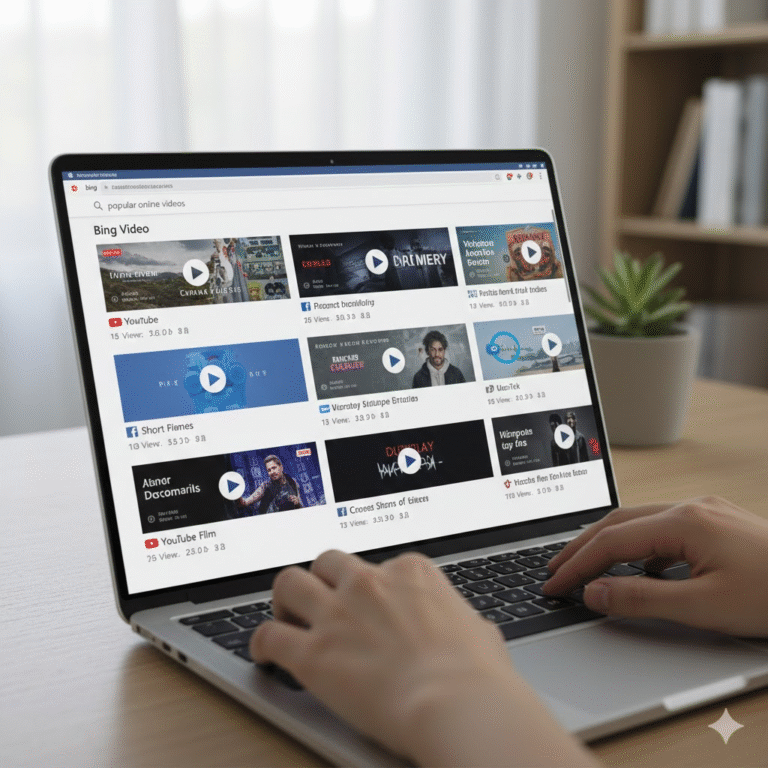Introduction:
Indirect voting is a system where voters elect representatives who make decisions or vote on their behalf rather than directly on specific issues or candidates. Understanding this process can seem complex for dummies, but breaking it down into manageable sections can help clarify how it works. This method is used in various political and organizational contexts to streamline decision-making and represent diverse viewpoints.
How Indirect Voting Works?
Indirect voting for dummies involves electing individuals to represent the interests of a group. In this system, voters do not make final decisions directly but instead select representatives entrusted with voting on their behalf. These representatives may be elected through a different voting process, such as direct voting, and then act as intermediaries in decision-making.
The Purpose of Indirect Voting for Dummies
Indirect voting for dummies is often used to simplify complex decision-making processes. By electing representatives who specialize in specific areas or have particular expertise, the system can streamline decisions and make governance more efficient. This approach also allows for a more manageable way to handle large numbers of voters and issues.
Types of Indirect Voting for Dummies Systems
There are several types of indirect voting systems, each with specific mechanisms and applications. Understanding these can help demystify how indirect voting works:
- Electoral College System: Used in the United States presidential elections, voters elect electors who vote for the president.
- Parliamentary Systems: Voters elect representatives to a parliament, which then selects the government leader.
- Representative Democracy: In various democracies, voters choose representatives who make policy decisions on behalf of their constituents.
Each system has its strengths and weaknesses, and the choice of which to use often depends on the organisation’s or government’s specific needs and goals.
Advantages and Disadvantages of Indirect Voting for Dummies
For dummies trying to grasp the concept, knowing the pros and cons of indirect voting is helpful. This system can offer numerous benefits, but it also comes with potential drawbacks:
Advantages:
- Expertise Utilization: Representatives often have more knowledge and experience in their areas of responsibility.
- Efficiency: Decision-making can be faster and more organized than a direct voting process involving all voters.
- Representation: Allows for representation of diverse interests and viewpoints in decision-making processes.
Disadvantages:
- Disconnection: Voters may feel disconnected from the decision-making process, as they do not vote on every issue directly.
- Potential for Misrepresentation: There is a risk that representatives may not always align perfectly with their constituents’ preferences.
- Complexity: The system can be more complex and challenging to understand than direct voting systems.
Indirect Voting for Dummies in Practice
When looking at real-world examples, indirect voting for dummies becomes clearer.Take the US Electoral College as an example. Voters cast their ballots for electors, who then vote for the president. This system illustrates how indirect voting works nationally, with electors representing the preferences of their state’s voters.
The Historical Evolution of Indirect Voting for Dummies
The concept of indirect voting for dummies has evolved significantly over time. Historically, many early democracies relied on direct voting for all decisions, but as societies grew more complex, indirect voting systems were developed to streamline governance. For instance, introducing representative assemblies allowed more prominent groups to be governed more efficiently by elected officials who could manage detailed discussions and decisions. Learning about the historical development of indirect voting helps to understand why and how these systems have become integral to modern governance structures.
Challenges and Criticisms of Indirect Voting for Dummies
While indirect voting for dummies offers various benefits, it also faces criticisms. One major challenge is ensuring that representatives genuinely reflect the will of their constituents. In some cases, representatives may act in ways that are contrary to the preferences of the people who elected them, leading to feelings of disenfranchisement among voters. Additionally, the complexity of indirect voting systems can sometimes obscure the decision-making process from public scrutiny.
The Role of Representatives in Indirect Voting for Dummies
In indirect voting for dummies, representatives play a crucial role. They are elected to act as the voice of their constituents in decision-making processes. For instance, in a parliamentary system, the public votes for members of parliament who then debate and vote on legislation. This system allows voters to choose individuals they believe will best represent their interests while those representatives handle the complexities of policy-making.
Indirect Voting in Organizational Contexts
Indirect voting for dummies isn’t limited to politics; it is also prevalent in organizational settings. For example, shareholders might elect a board of directors in corporate governance through indirect voting. The board then makes strategic decisions for the company. This method allows for a focused and informed decision-making process, as the elected board members are typically chosen for their expertise and experience. By understanding how indirect voting functions in these contexts, you can appreciate its versatility and effectiveness in various decision-making environments.
Future Trends in Indirect Voting for Dummies
Looking forward, indirect voting for dummies is likely to continue evolving with advancements in technology and changes in democratic practices. Innovations such as digital voting platforms and increased use of data analytics could enhance indirect voting systems’ effectiveness. These advancements make it easier for voters to influence their representatives and ensure their voices are heard. Keeping an eye on these trends can provide insights into how indirect voting might adapt to meet the needs of future societies.
Conclusion
Indirect voting for dummies involves voters electing representatives to make decisions on their behalf. This system aims to simplify complex decision-making processes and utilize specialized knowledge. Still, it also comes with challenges, such as potential disconnection from the electorate and the risk of misrepresentation. By exploring how indirect voting works and examining its applications in various contexts, you can better understand this voting system and its impact on governance and decision-making.




